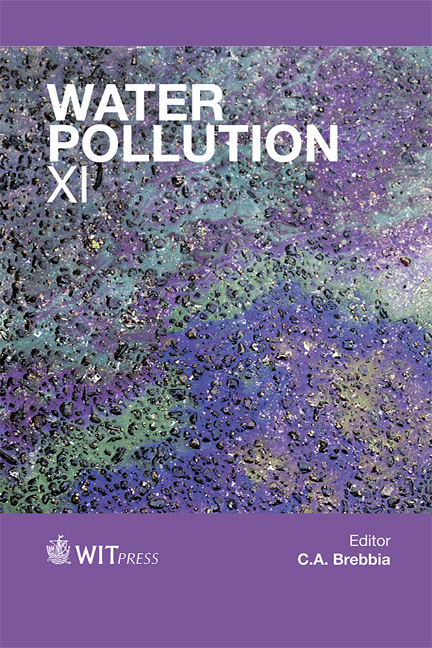DWA Water Quality Model – An Instrument To Support Water Management Planning Functions With The Example Of The Erft River
Price
Free (open access)
Transaction
Volume
164
Pages
15
Page Range
39 - 53
Published
2012
Size
1571 kb
Paper DOI
10.2495/WP120041
Copyright
WIT Press
Author(s)
E. Christoffels
Abstract
The DWA water quality model can be used for a wide range of water management planning activities. Fields of application extend from data and system analysis, to the analysis of alternatives in water pollution control planning, to the implementation of alarm plans. The example of the Erft river is used to present the results of water quality simulations with a view to assessing current conditions and forecasting the future development of water quality. Keywords: Erft, water quality model, plausibility check, water temperature, oxygen, ammonium, sumpwater, combined sewer overflow, riparian vegetation. 1 Introduction In the course of progressive improvement of surface water quality, point sources are losing their significance as the dominant influence. Today water quality is affected to a high degree by many other important factors. Apart from external impacts, effects of internal processes within the water body are receiving greater attention than in the past. Predicting the impact of various water uses and the effects of measures to improve water quality is challenging because of the large number of relevant factors within a complex system. Despite this complexity, practical instruments are needed to predict the impact of human activities, to clearly demonstrate the need for measures based on existing water quality standards, and to foresee the outcome of such measures. The DWA water quality model is an efficient instrument to support water management planning functions. It serves as a simulation model for creeks, brooks and rivers which is available as a software tool. This paper introduces the DWA water quality model using the example of the Erft river.
Keywords
Erft, water quality model, plausibility check, water temperature,oxygen, ammonium, sumpwater, combined sewer overflow, riparian vegetation





